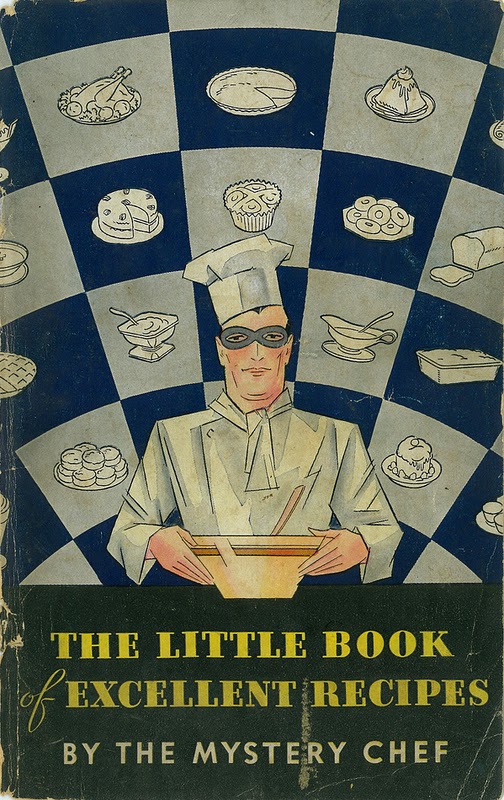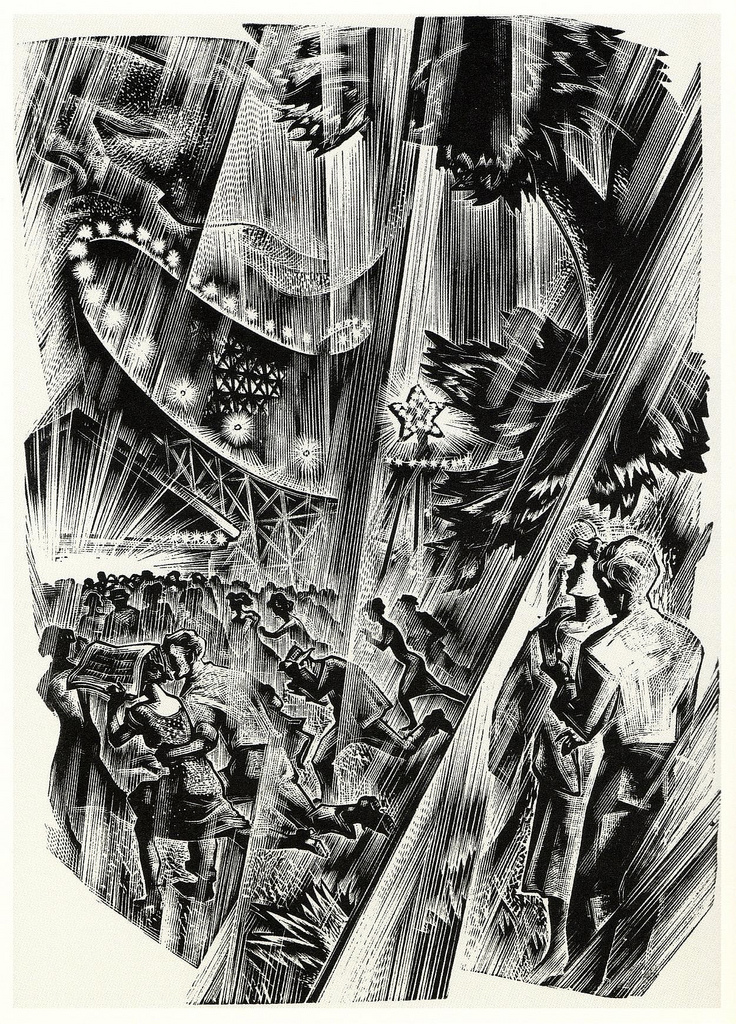
Yesterday, I went to Brno to take part in the opening of the Brno Bienale, a design exhibition in which the CTP book I spent all last summer and fall working on is being displayed. (Note: there are literally hundreds of works being displayed there, so it’s not like this is any great distinction.)
Here’s my trip in handy ascii map format:
(prague)•••••••••••••••••••••••••••••••••••(brno)
|||||||| >>>>>>>>>>(me on train)>>>>>>>>>>>||||||
Assorted highlights along the way:
1. Prague main train station, 10:05am. You gotta love the cafés associated with train stations in Central Europe. It’s just past 10am and I’m drinking a small beer, yet I’m allowed to feel that this is a somewhat upright behavior given that the two guys next to me are pounding shots and smell like they’ve been cleaning out that barn that Hercules had to irrigate for one of his 12 tasks.
2. Brno main train station, 1:15am. Pleasant surprise of the day: getting to Brno and kinda remembering my way around from two previous brief day trips here.
This is a memorable contrast to my first ever trip to Czech Republic, back in 2001 when I was just blowing through on the way to Vienna and had no notion that I’d ever be living here. After staying up most of the night running around Prague, I got on the train to Vienna and instantly fell into a deep, catatonic sleep. After two and a half hours, I suddenly lurched awake when the train stopped, blearily peered out the window into the darkness and was met only with a large, inscrutable sign reading ‘BRNO’. Having never heard of Brno before at that point, I momentarily panicked, imagining perhaps that I had been asleep for twelve hours and had now been carried into some regional outpost on the edge of Siberia. “Oh no! Brrr!” I cried out involuntarily, and then saw the reality mirrored back at me again by the horrifying sign: BRRRR-NO.
3. An exhibit called ‘Uncanny: Surrealism and Graphic Design’, 6:45pm. After the opening ceremony, speeches and awards, and after looking at the main exhibits (all of which turned out to be pretty un-fun for various reasons which I won’t bother getting into… but suffice to say that the part I’m about to describe was the only fun part of the Bienale for me:) I wound up looking through a great exhibit curated by Rick Polynor about the tradition of surrealism in graphic design. Remember those Polish movie posters I blogged about? Czech movie posters from this era were done pretty much in the same style, and this exhibit had fascinating ones from both countries. Check out these various interpretations of Hitchcock’s The Birds:



As my Czech student put it while we looking at these, “See… there were some good things about Communism.”
(Note: the top one borrows directly from Max Ernst’s The Robing of The Bride, which I blogged about in the Quiet Visualizations of Evil post.)
Continuing on the weirdo bird theme, here’s a bird in high heels executed by a 60s Croatian artist that I know nothing about:

For our last bird-related item, check out this incredible 1972 kraut rock cover for Amon Dull’s Carnival In Babylon:

Have you ever seen anything that straddles the line between so-bad-it’s-good versus SO-bad-that-it-swings-all-the-way-back-around-into-bad like this?













































































